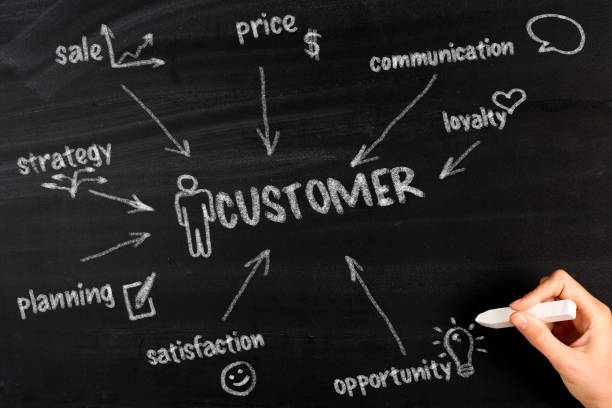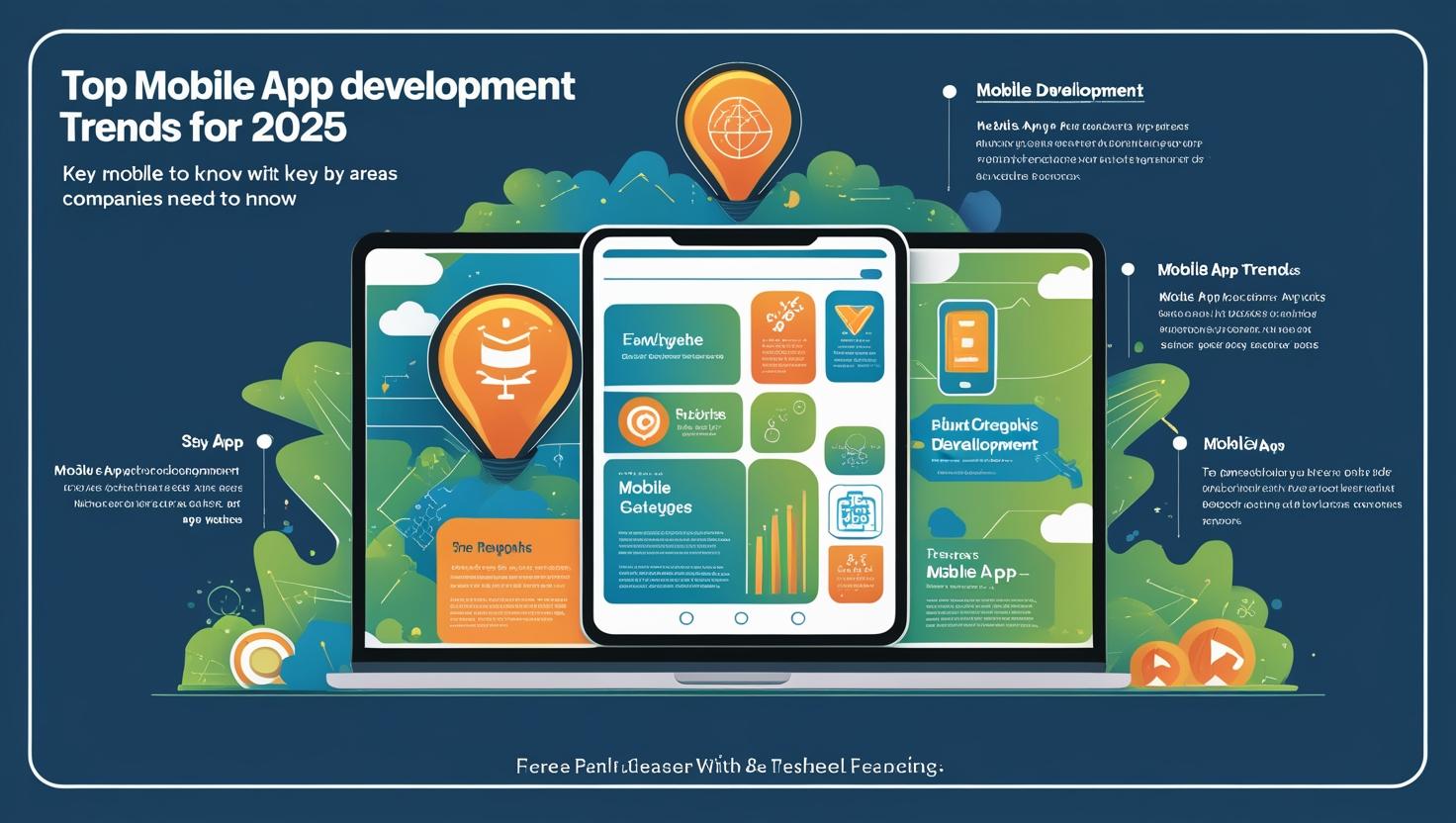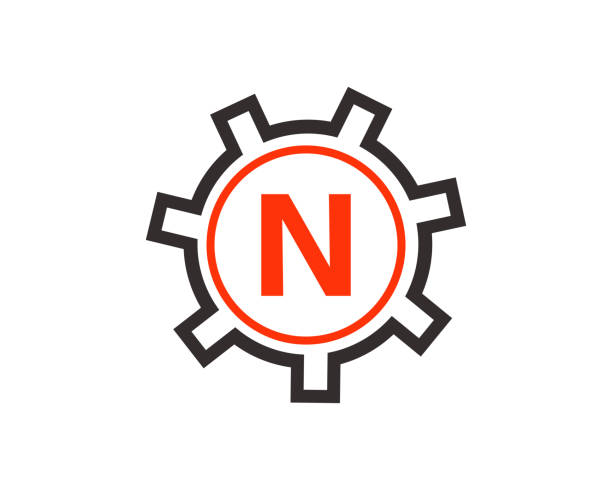Smart Customer Loyalty Management for Lasting Retention

In a marketplace where customers are bombarded with countless choices, businesses must do more than simply acquire customers—they must work strategically to retain them. The secret lies in effective customer loyalty management, a practice that nurtures long-term relationships, increases customer lifetime value, and boosts brand advocacy. With the right approach, customer loyalty becomes a powerful growth engine for businesses across industries.
What Is Customer Loyalty Management?
Customer loyalty management refers to the strategies, tools, and processes businesses use to attract, engage, and retain loyal customers. It includes the design and implementation of loyalty programs, customer engagement initiatives, and personalized communications that strengthen customer relationships over time.
In contrast to short-term promotional tactics, loyalty management focuses on creating consistent value that builds trust and emotional connection. Businesses that excel in loyalty management can reduce churn, generate recurring revenue, and benefit from organic word-of-mouth marketing.
Why Customer Loyalty Management Matters
Acquiring a new customer can cost five to seven times more than retaining an existing one. Loyal customers not only buy more frequently but also tend to spend more with each transaction. Furthermore, satisfied loyal customers become brand advocates who influence others through referrals and online reviews.
With smart customer loyalty management, businesses gain the following advantages:
- Increased Retention Rates: Loyal customers are far less likely to switch to competitors.
- Higher Customer Lifetime Value (CLV): Loyal customers contribute more revenue over their lifetime.
- Stronger Brand Affinity: Consistent, positive interactions build trust and familiarity.
- Improved Operational Efficiency: Loyalty management enables targeted marketing, reducing waste.
Key Elements of Effective Customer Loyalty Management
To implement a successful loyalty management strategy, businesses should focus on several core areas:
1. Segmentation and Personalization
Not all customers are alike. Smart loyalty management involves segmenting customers based on their behaviors, preferences, and buying patterns. With proper segmentation, businesses can craft highly personalized messages and rewards that resonate with individual customers.
2. Integrated Loyalty Platforms
Modern loyalty platforms are integrated with CRM, e-commerce, and POS systems to track customer behavior in real time. These platforms allow for seamless tracking of points, purchases, and engagement, enabling businesses to make data-driven decisions.
3. Consistent Communication
Building loyalty requires ongoing communication. Email, SMS, push notifications, and in-app messages should be used to inform customers about new offers, thank them for purchases, and remind them of available rewards.
4. Rewards and Incentives
A well-designed rewards structure is essential to loyalty management. Businesses should offer a mix of financial rewards (discounts, cashback) and experiential perks (exclusive access, early product releases). One way to enhance this is through Engaging Loyalty Programs that keep customers interested through fun, value-driven experiences.
5. Feedback Loops and Improvement
Listening to customer feedback is vital. Conduct surveys, monitor social media, and analyze review trends to refine the loyalty strategy. Continual improvement ensures that the program remains relevant and effective.
Types of Customer Loyalty Programs That Support Management
There are several types of loyalty programs that align with effective customer loyalty management:
a. Points-Based Programs
This is the most common format, where customers earn points for each purchase. Points can later be redeemed for rewards. These programs are easy to understand and can be customized to different industries.
b. Tiered Programs
Customers progress through different levels (e.g., Silver, Gold, Platinum) based on their spending or engagement. Higher tiers offer more exclusive rewards, motivating customers to maintain and increase loyalty.
c. Subscription-Based Programs
Customers pay a recurring fee for access to exclusive benefits, such as free shipping, discounts, or early product access. Amazon Prime is a leading example of this model.
d. Gamified Loyalty Programs
Adding elements of fun and competition—such as challenges, badges, and leaderboards—makes loyalty programs more interactive and sticky.
e. Partner Programs
Businesses collaborate with other brands to offer joint rewards. This approach expands the value proposition and helps attract a wider customer base.
Real-World Examples of Smart Customer Loyalty Management
Here are a few examples of brands that have mastered loyalty management:
- Sephora’s Beauty Insider: By offering personalized product recommendations, birthday gifts, and tier-based rewards, Sephora builds strong emotional bonds with customers.
- Starbucks Rewards: The program uses a mobile app to provide order-ahead options, personalized offers, and easy point tracking, enhancing convenience and retention.
- The North Face XPLR Pass: This program rewards members not just for purchases, but also for activities like downloading their app or attending events—creating multiple touchpoints for loyalty.
Each of these programs exemplifies how strategic customer loyalty management can create both value and engagement for customers.
Best Practices for Implementing Customer Loyalty Management
If you’re planning to launch or revamp a loyalty initiative, consider the following best practices:
- Define Clear Objectives
Understand what you want to achieve—higher retention, increased purchase frequency, more referrals—and design your program accordingly. - Make It Easy to Join and Use
Eliminate barriers to entry. Customers should be able to enroll quickly and understand how to earn and redeem rewards. - Deliver Value Immediately
Offer a welcome reward or instant benefit upon sign-up to boost participation. - Keep the Experience Consistent Across Channels
Whether customers shop online, in-store, or via mobile app, the loyalty experience should be seamless. - Celebrate Milestones
Recognize customer birthdays, anniversaries, or spending achievements to deepen emotional connections. - Monitor and Optimize
Use analytics to measure engagement, redemption rates, and ROI. Adjust the program based on performance data and customer feedback.
Future Trends in Customer Loyalty Management
As technology advances and customer expectations grow, customer loyalty management is becoming more dynamic and intelligent. Emerging trends include:
- AI-Powered Personalization: Leveraging AI to offer tailored promotions in real time.
- Blockchain Loyalty Platforms: Ensuring transparency and data security in point systems.
- Emotional Loyalty Tracking: Measuring not just transactional behavior, but emotional affinity with the brand.
Conclusion
In an environment where customer loyalty is hard-earned and easily lost, mastering customer loyalty management is critical for sustainable growth. It’s not just about rewarding purchases—it’s about delivering value, building relationships, and engaging customers meaningfully.
By combining technology, personalization, and thoughtful program design, businesses can create loyalty strategies that are not only effective but also unforgettable. Smart loyalty management turns one-time buyers into lifelong advocates—and in today’s world, that’s the ultimate competitive edge.








